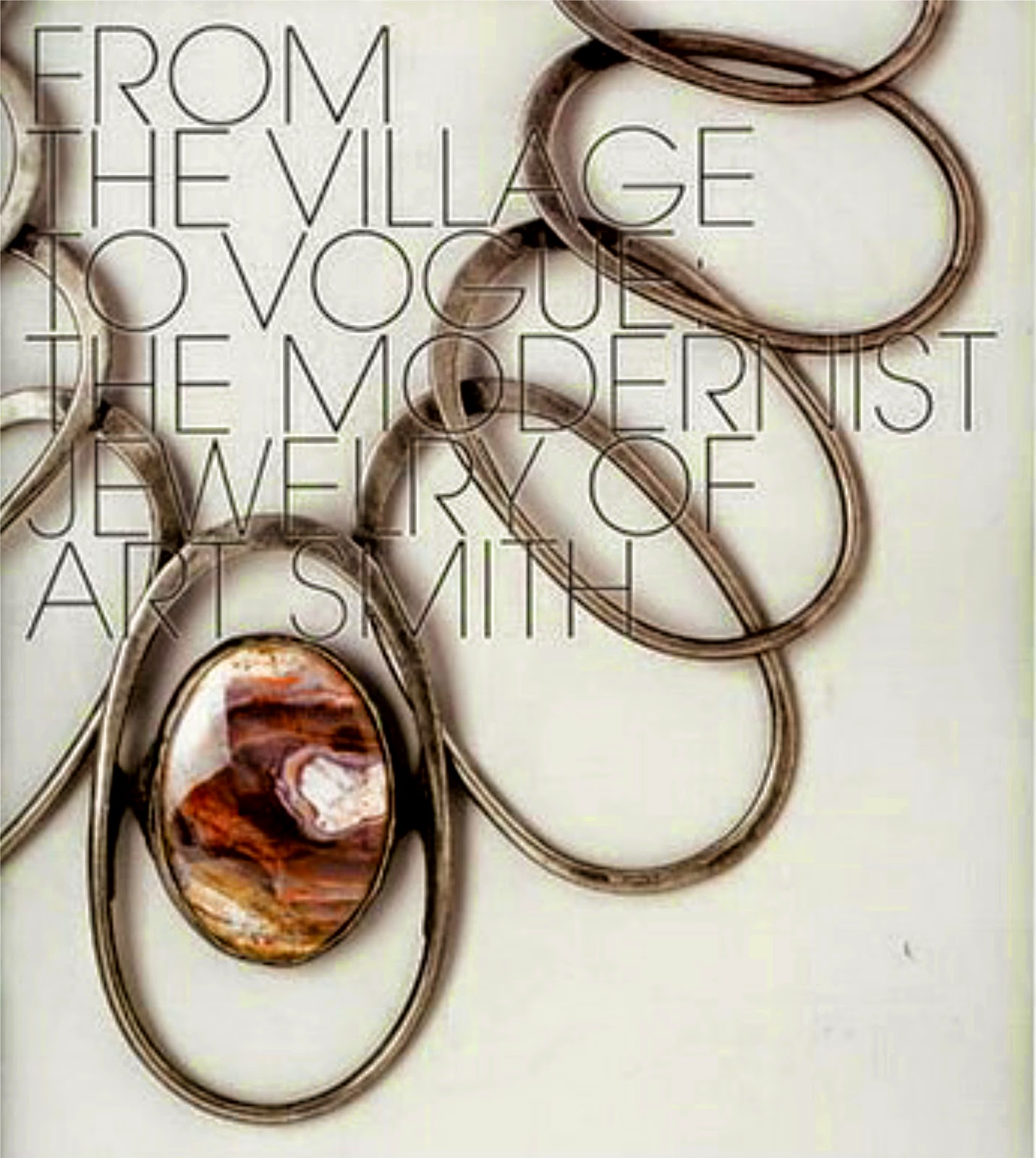Cuban-born, Brooklyn-raised Art Smith was one of the major modernist jewelers of the mid-twentieth century. He attended Cooper Union for the Advancement of Science and Art from 1942 to 1946 where he first pursued architectural studies but eventually abandoned them to concentrate on sculpture and the manipulation of three-dimensional forms. During the early 1940's he learned jewelry making while working part-time as a crafts supervisor at the Children’s Aid Society, and through a night course at New York University. He also worked for and was influenced by Winifred Mason, an African-American jewelry designer with a store in Greenwich Village.
In 1946, Smith opened his first store, also in Greenwich Village. Inspired by surrealism, biomorphism, and primitivism, Smith’s jewelry included large scale, asymmetrical forms made from hand-hammered elements of silver, copper, or brass, sometimes combined with quartz or other colorful stones. His jewelry explored organic shapes and both positive and negative space on several planes. Whatever the form, Smith was continually concerned with the jewelry’s relationship to the human body. An African-American, Smith referenced his roots through his use of symbols reminiscent of those used in African tribal jewelry.
In 1946, Smith opened his first store, also in Greenwich Village. Inspired by surrealism, biomorphism, and primitivism, Smith’s jewelry included large scale, asymmetrical forms made from hand-hammered elements of silver, copper, or brass, sometimes combined with quartz or other colorful stones. His jewelry explored organic shapes and both positive and negative space on several planes. Whatever the form, Smith was continually concerned with the jewelry’s relationship to the human body. An African-American, Smith referenced his roots through his use of symbols reminiscent of those used in African tribal jewelry.














